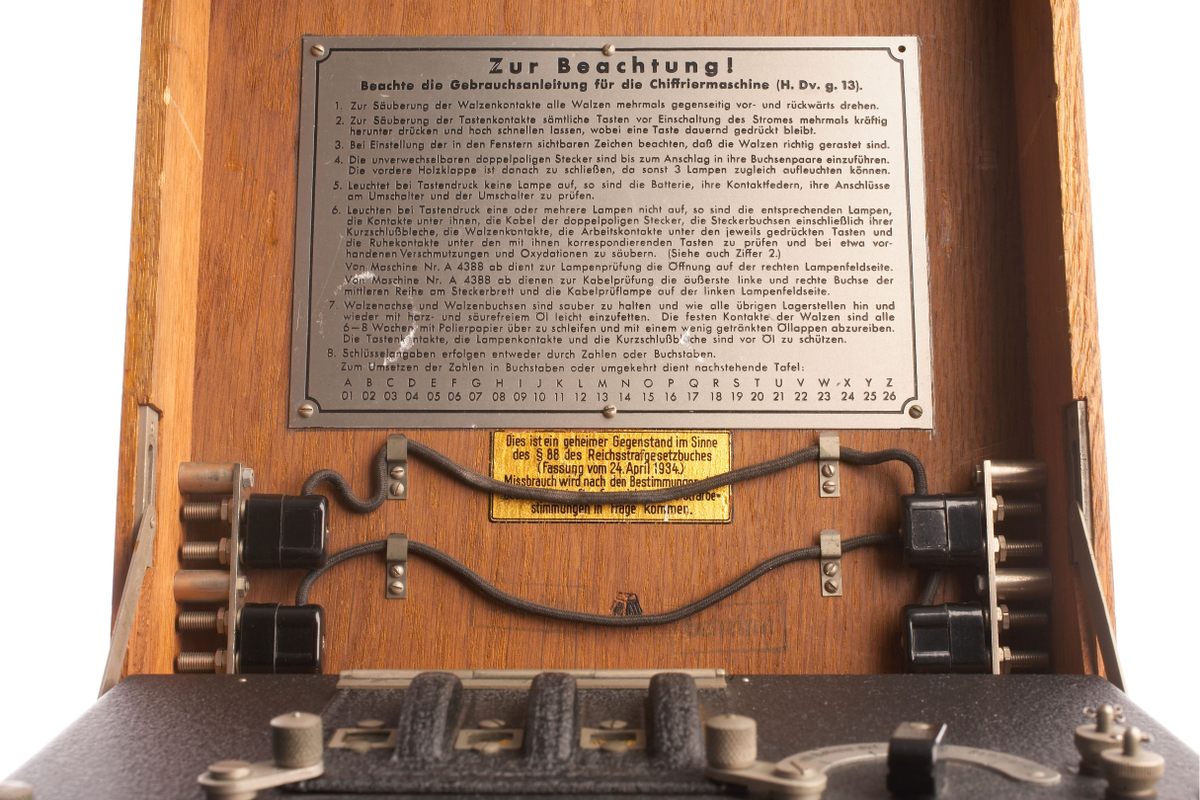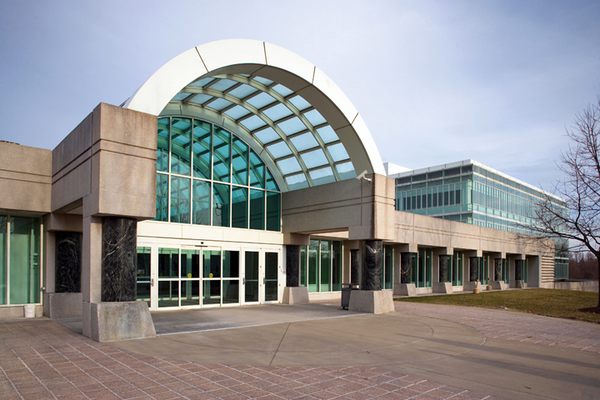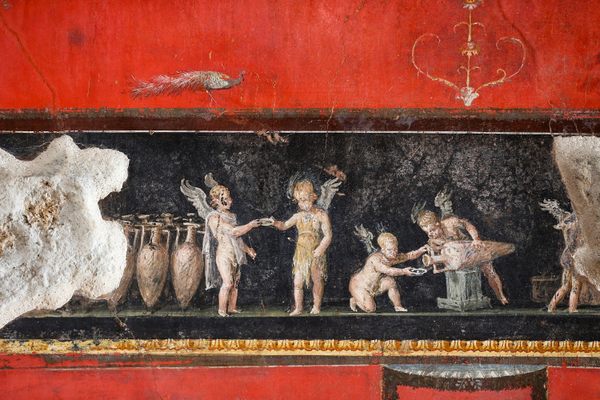Get a Peek Inside the New CIA Museum
The clandestine government organization is digitizing its collection.
For more than 30 years, the CIA Museum has been one of the most mysterious collections of artifacts in the world. Housed in the George Bush Center for Intelligence in Langley, Virginia—one of the most secure buildings in the United States—the museum tells the story of the government’s clandestine undertakings from the Cold War through the CIA’s mission in May 2011 to kill Osama bin Laden to today. It has had an exclusive audience: only CIA officers and approved officials have been allowed to view the collection—until now.
No, Langley hasn’t swung open its doors. Instead, as part of a recent renovation of the museum, curators have begun to digitize the 3,500 objects in the museum collection. To date, there are 217 online including a German enigma machine used during World War II to develop codes, a Glomar Explorer bunk card, which told the crew of the search vessel what to do in an emergency, and a CIA 25th Anniversary program, the milestone anniversary that led to the creation of the museum, all of which you would see in in person if you were among the few to get an invitation.

Gina Weinstein, the exhibit specialist at the CIA Museum, says that creating that digital access for the public invites them into a space that would otherwise be inaccessible. “Figuring out how we are able to then provide this history, this information and these artifacts to the public is important to us, because there are important stories to tell,” she says.
The original idea for a CIA museum came from CIA director William Colby in 1972. He wanted to use it to educate future officers. But the first full-time curator wasn’t hired until 1988, and the first exhibition, featuring just 36 artifacts, went on display in 1991.
According to Weinstein, later exhibits were created as needed and developed apart from each other. To celebrate the agency’s 50th anniversary, the museum established “The Cold War: Fifty Years of Silent Conflict,” showcasing collector and historian H. Keith Melton’s 6,000 clandestine espionage artifacts from the United States, the former Soviet Union, and East Germany. In November 2002, it added an exhibition on intelligence analysis, including items like a model of a U-2 spy plane shot down by the Soviet Air Defense Forces in 1960 and an al-Qa’ida training manual. And in 2003, the museum displayed technological artifacts produced by the agency.

But by 2014, the museum staff knew they wanted to create a more cohesive museum experience, for a wider audience, and this year, to mark the agency’s 75th anniversary, the CIA unveiled a revamped museum, organized in chronological order starting with the founding of the agency in 1947.
Even at a museum as unique as this one, the process of revamping is similar to that taken at other institutions. Joanne Westbrook, the collections manager at the museum, explains that the first thing they think about is the stories they want to tell. “We started looking more closely at our collections to see what artifacts we have that are going to be the best in helping us meet our mission and tell the stories to our fans,” she says. The artifacts come from all across the agency, a lot of them transferred from agency officers and offices.

The items, according to Westbrook, are chosen based on their potential historic significance and their value as learning tools for current and future generations of CIA officers and for the public. “I think it’s really impactful to see these ordinary objects become part of an extraordinary story and then come into the museum to help us tell that story to other people,” she says.
But they can’t tell the whole story. Though the items in the museum are unclassified, the CIA wants to protect the identities of its officers. This is particularly important because, Westbrook says, the curators consider the museum an “active museum,” meaning that they collect items as things are happening.

Even stripped of identifying details, these acquisitions serve an important purpose, Westbrook says. One such recent addition to the museum is a shirt and scarf worn by a female officer working at an offshore location. The name of the officer and whereabouts of her posting remain classified, but “these were personal clothing that she felt were really important because they were there with her when she was doing this important work,” says Westbrook.
The clothing is now displayed alongside other personal items such as an ID for Eloise Page, the CIA’s first female chief of a flagship station, and a desert combat uniform top from the first US military officer to set foot in Afghanistan in 2001—objects Westbrook lists among her favorite in the collection.
“In the new museum, we have a new perspective in that we’re not just telling the chronological story, we are working on deeper dives on some of these themes and how they connect to what is happening today,” Westbrook says.

































Follow us on Twitter to get the latest on the world's hidden wonders.
Like us on Facebook to get the latest on the world's hidden wonders.
Follow us on Twitter Like us on Facebook